This initiative will transform the way we observe the universe by increasing the bandwidth and sensitivity of the observing system. This will allow more and fainter data to be collected in less time—with greater accuracy and efficiency—opening up new scientific possibilities for exploring the cosmos.
“This project represents an enormous international collaborative effort, with challenges in coordination, design, and large-scale implementation. Each advance reflects our teams’ commitment to taking ALMA to the next level,” Álvaro González, Deputy Director of Development, WSU Program Director.
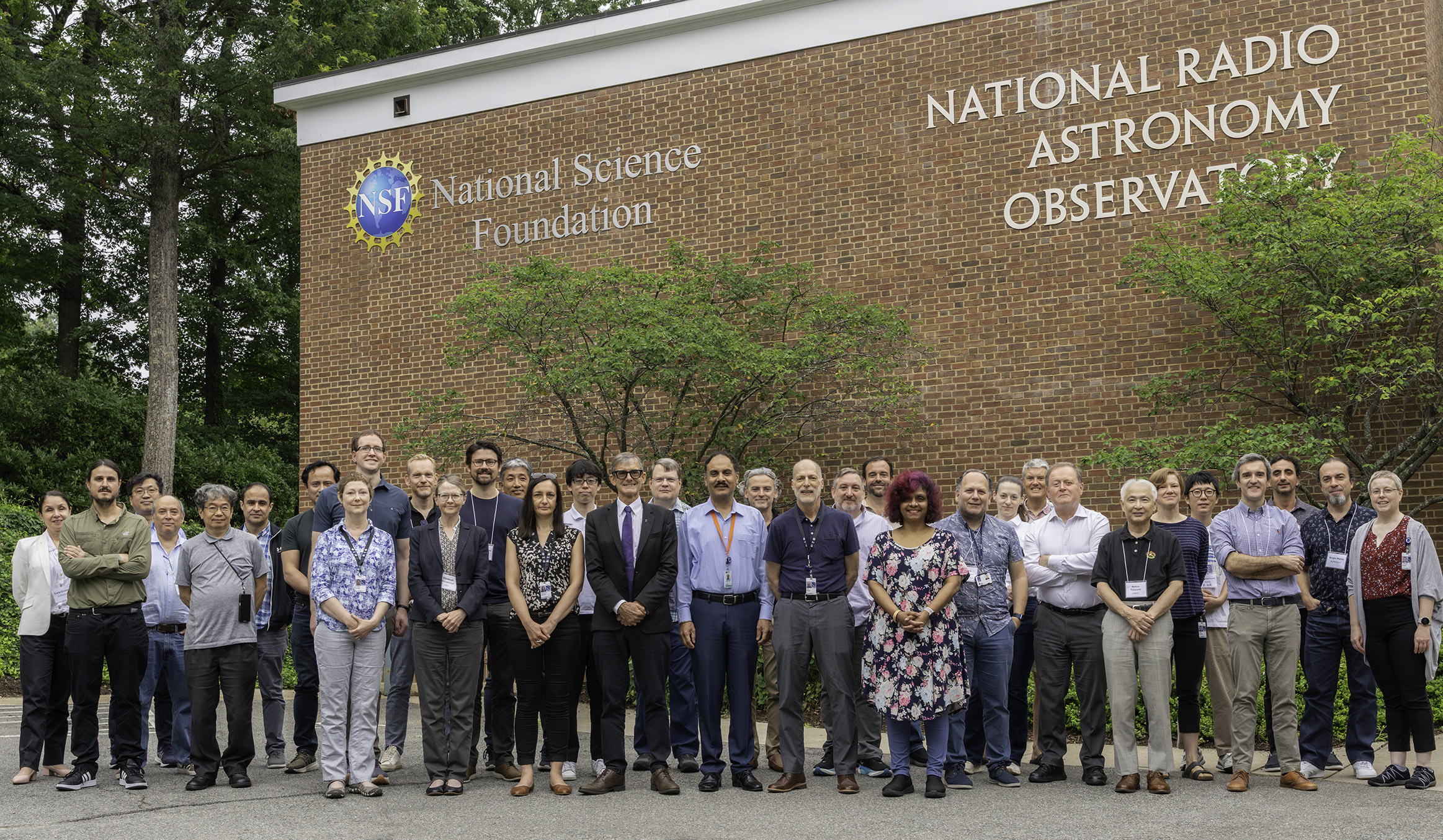
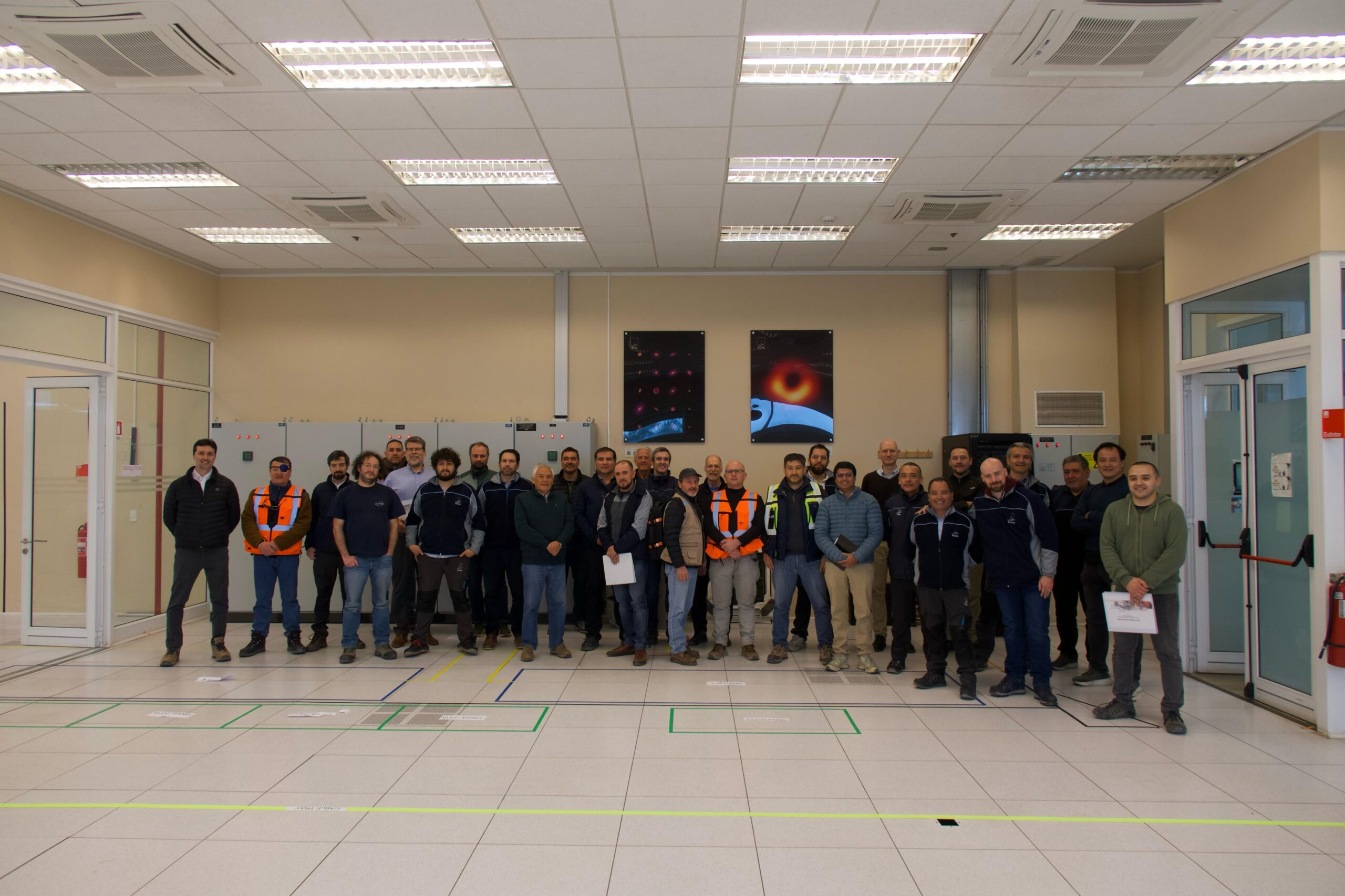
In recent weeks, important milestones have been reached in the implementation of the program. One of the most significant was the approval of the System Preliminary Design Review (PDR), a rigorous technical review held in Charlottesville, USA, which validates the soundness of the upgraded system’s design and the plan to implement it. This milestone marks the end of the preliminary design stage and allows us to move forward with confidence toward the detailed design of each component of the WSU.
At the same time, the OSF Correlator Room (OCRO) project has passed all its design reviews, including the Critical Design and Manufacturing Review (CDMR), and is preparing to begin construction at the OSF in mid-August. OCRO involves the construction of a new room that will house the new digital correlator and spectrometer, replacing the current instruments installed at the AOS.
“OCRO is the first project within the WSU to complete its design phase and receive the green light to begin construction. It is a tremendous step forward, because it paves the way for the implementation of other major components of the program,” explains Álvaro González.
“The fact that the CDMR was carried out here, at our own site, is very important. It is the first time a Development Program gate review is held in Chile and it has allowed a closer participation of the JAO in the meeting and a closer look at the facilities which will be upgraded,” he concludes.
The start of construction of the OCRO will involve a significant mobilization of contractors and will affect various areas of the OSF. For this reason, the team led by AUI has begun a series of informational talks aimed at all staff, with the goal of explaining the scope of the project and its effects on site operations.
These brief voluntary sessions are essential to ensure clear and effective communication between teams. In this way, each member will be able to understand the impact this change will have on their work environment and learn how they can contribute to a safe, smooth, and successful implementation.
Next steps and long-term vision
As the implementation of the WSU progresses, ALMA is preparing for an unprecedented technical transformation. In the coming months, progress is expected in the following areas:
• Start of construction of the OCRO in August 2025, with work continuing until September 2026.
• Adaptation of physical and digital infrastructure to accommodate the new data correlation and processing system.
• Development and deployment of new software tools for data acquisition, calibration and scientific analysis.
• Future incorporation of broadband receivers, which will allow for deeper and more detailed observation of the universe.
This is just the beginning of a new phase for ALMA. We invite you to stay informed, participate in upcoming events, and be an active part of this great process of technological and scientific transformation. Your commitment and collaboration are essential to the success of the WSU program.


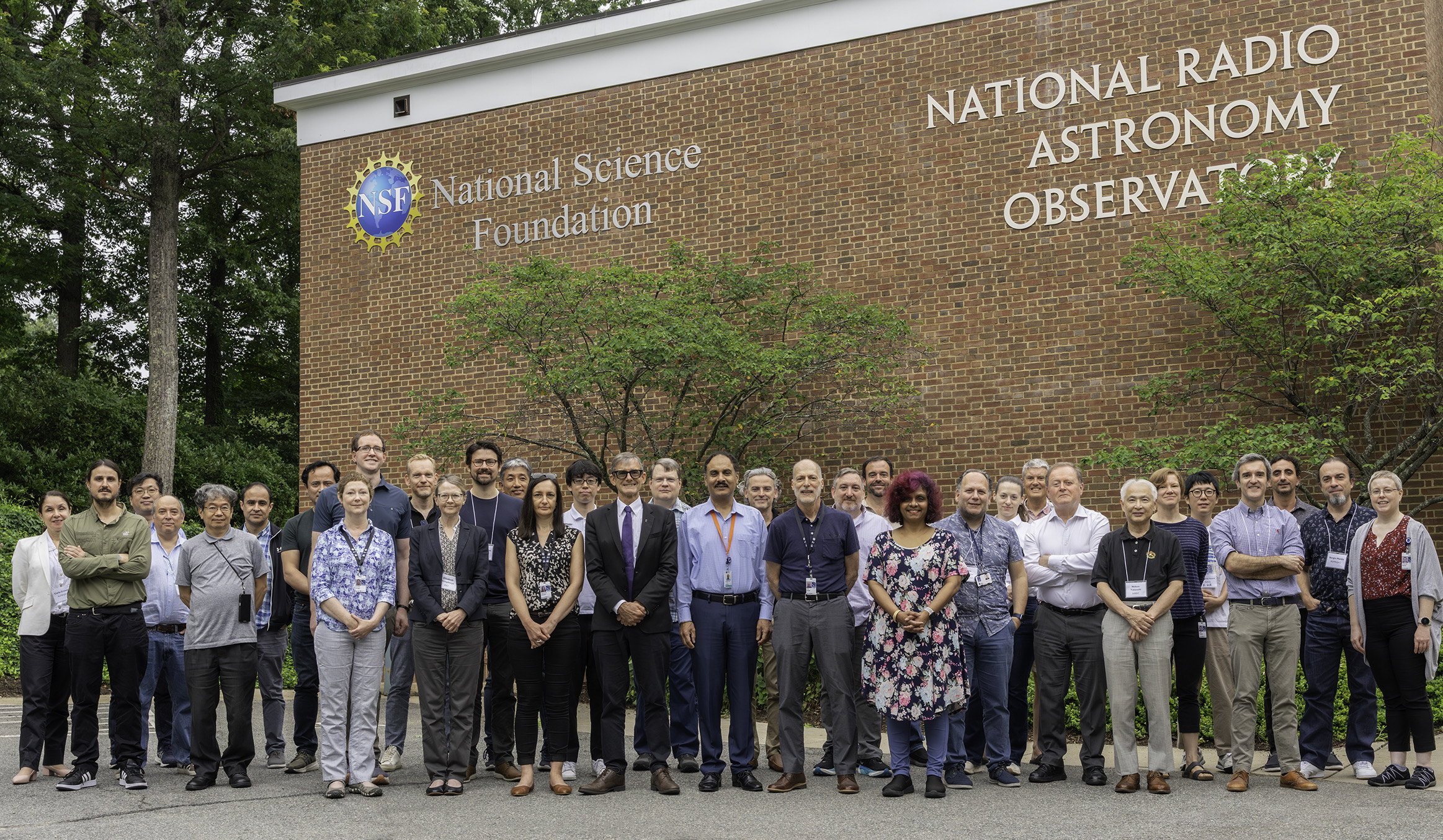
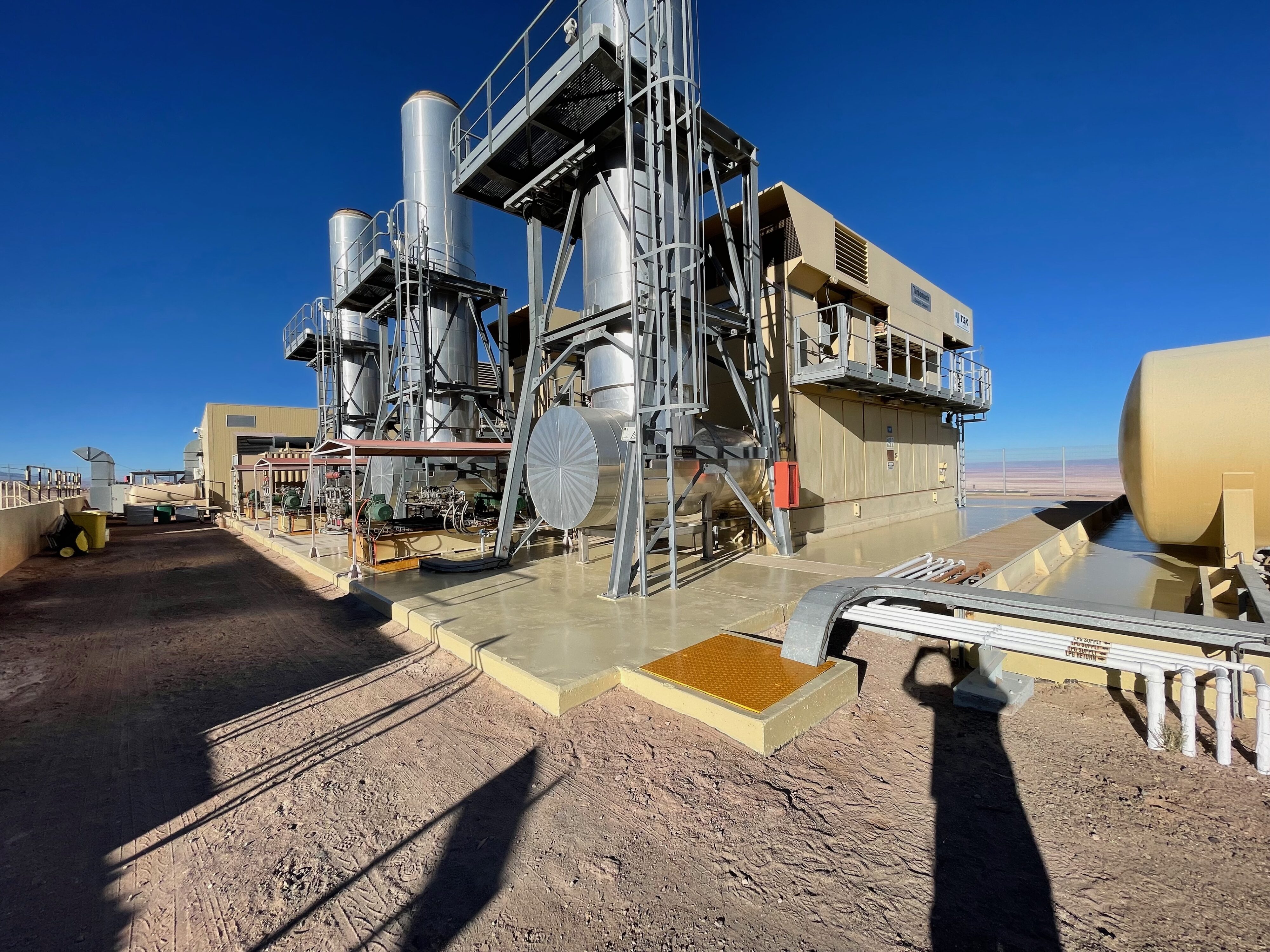


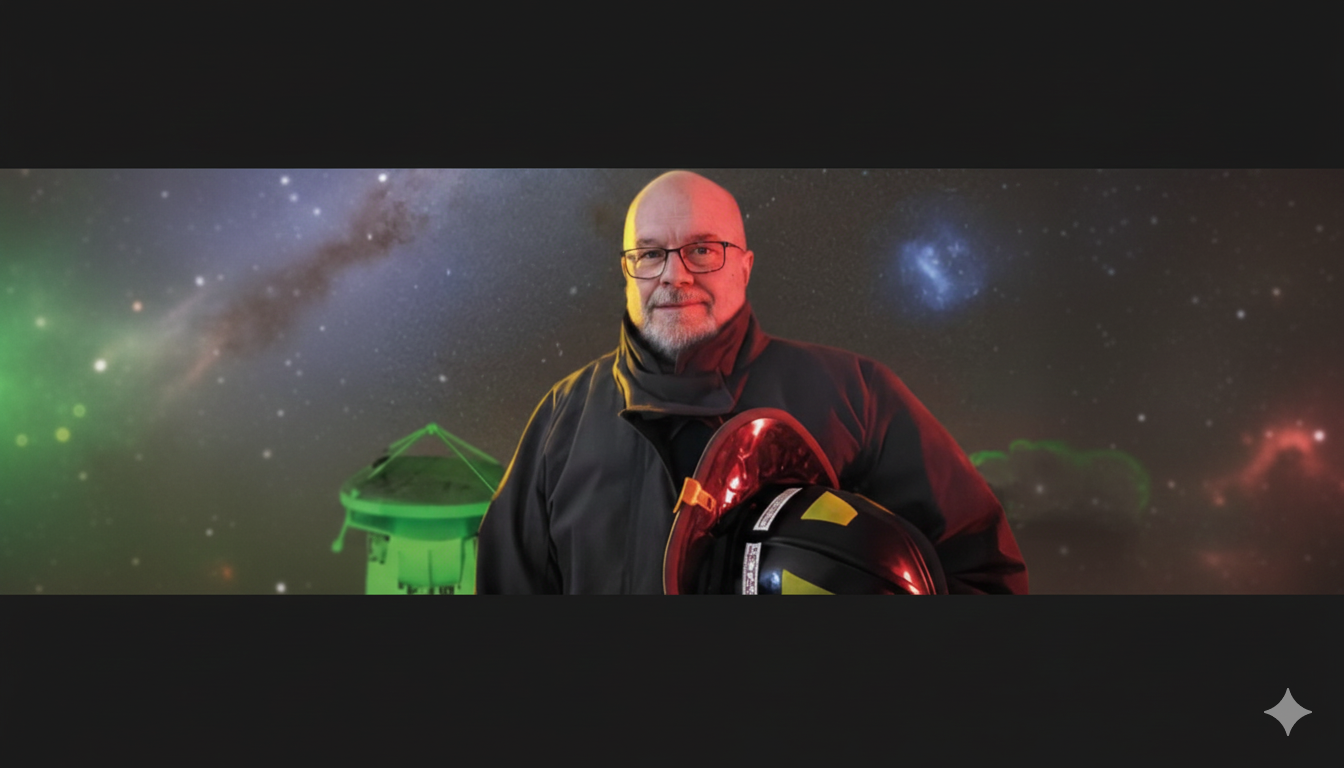

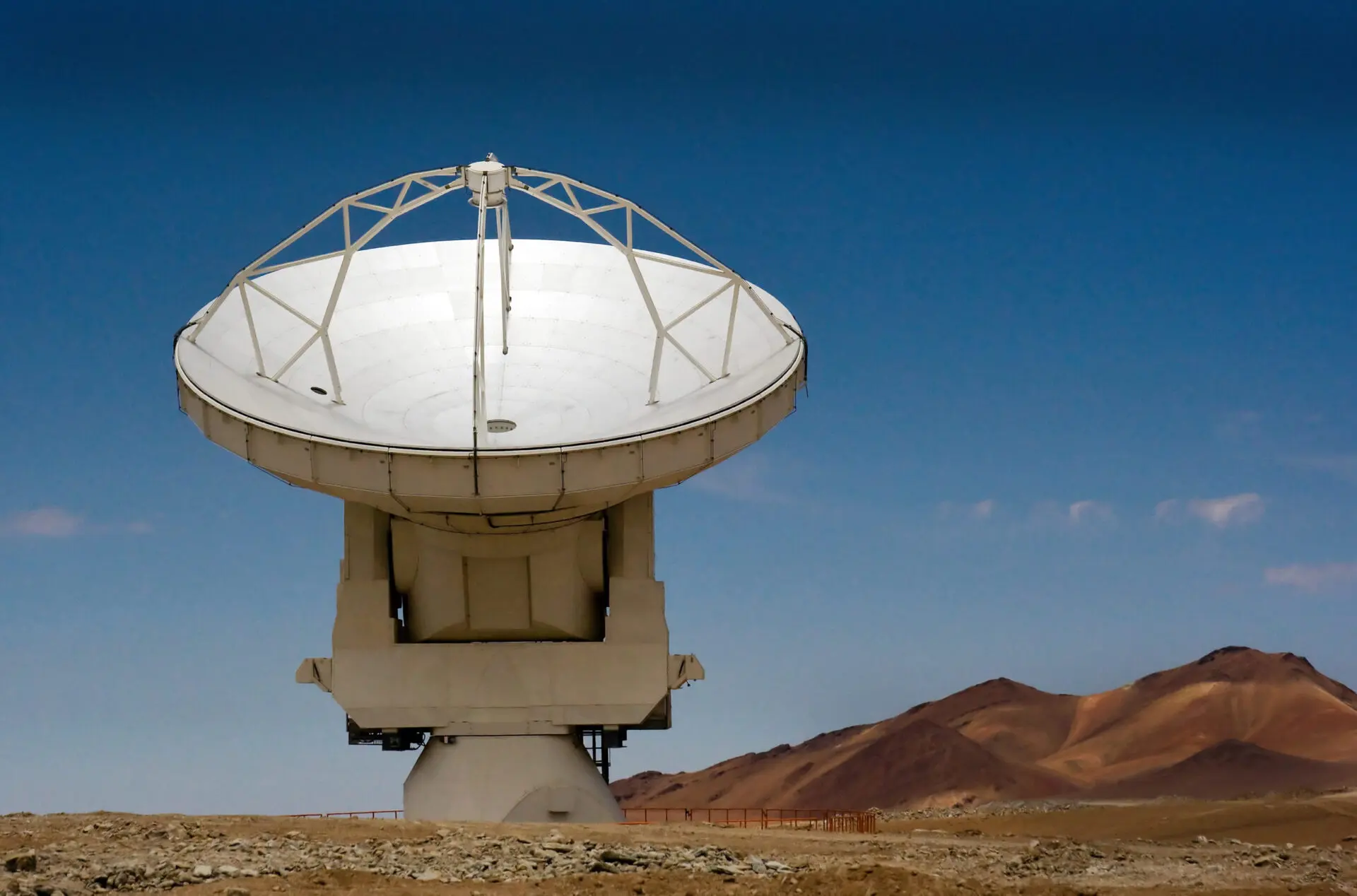
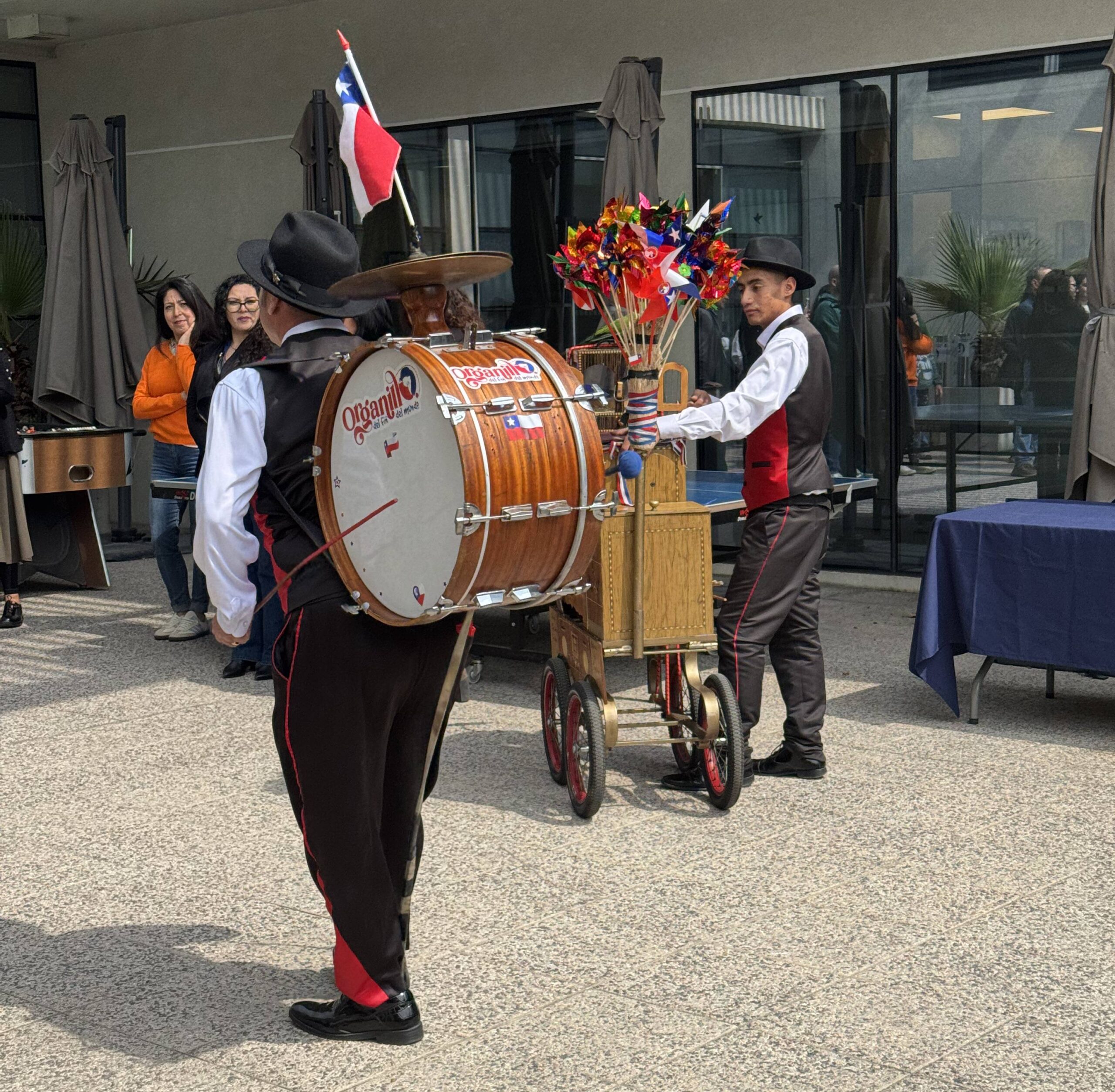
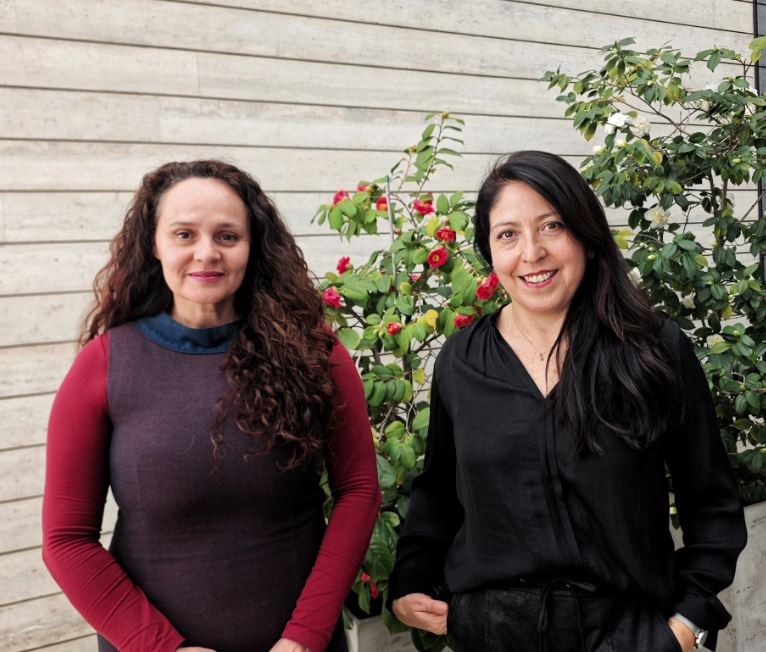
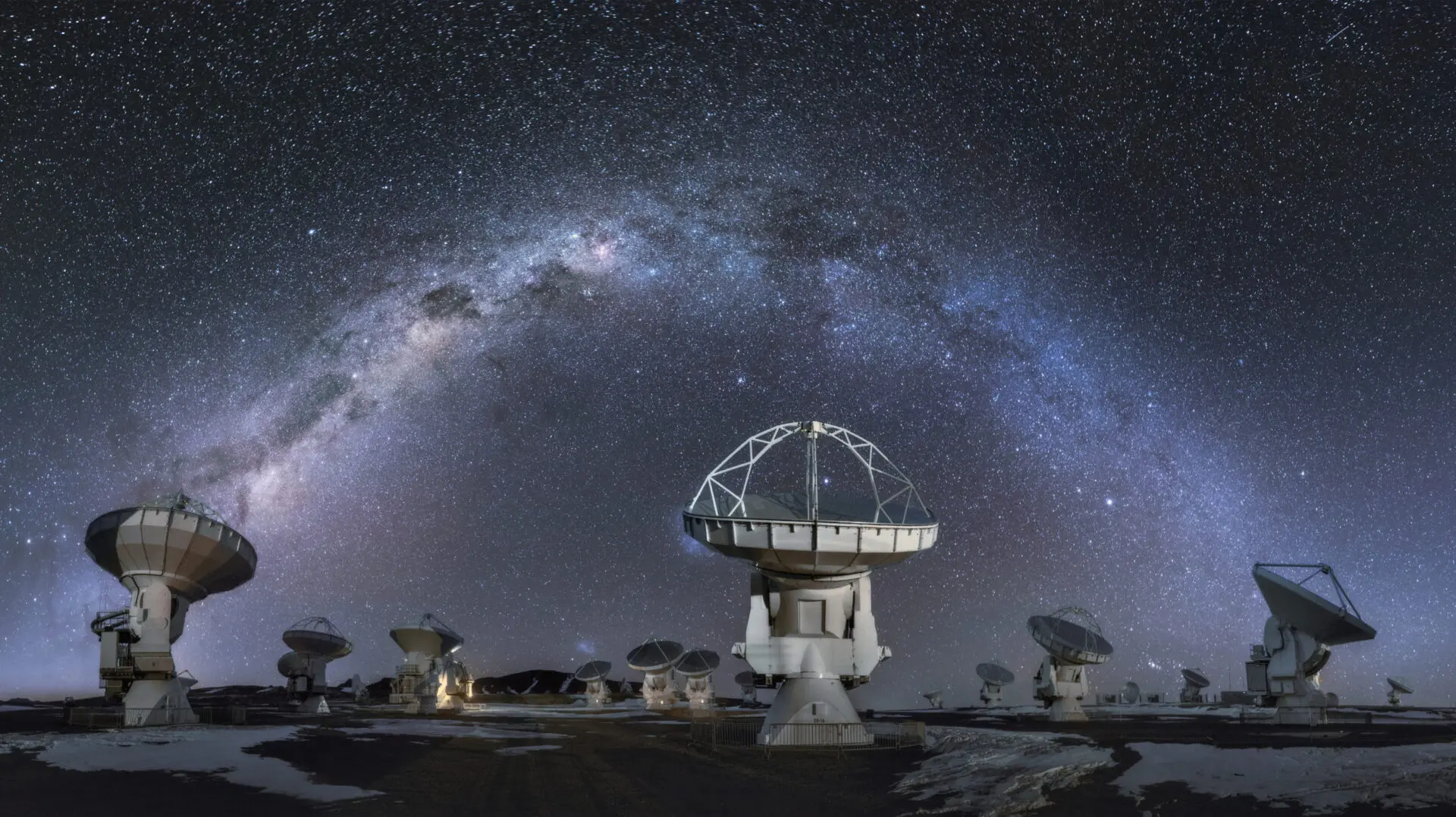

0 Comments